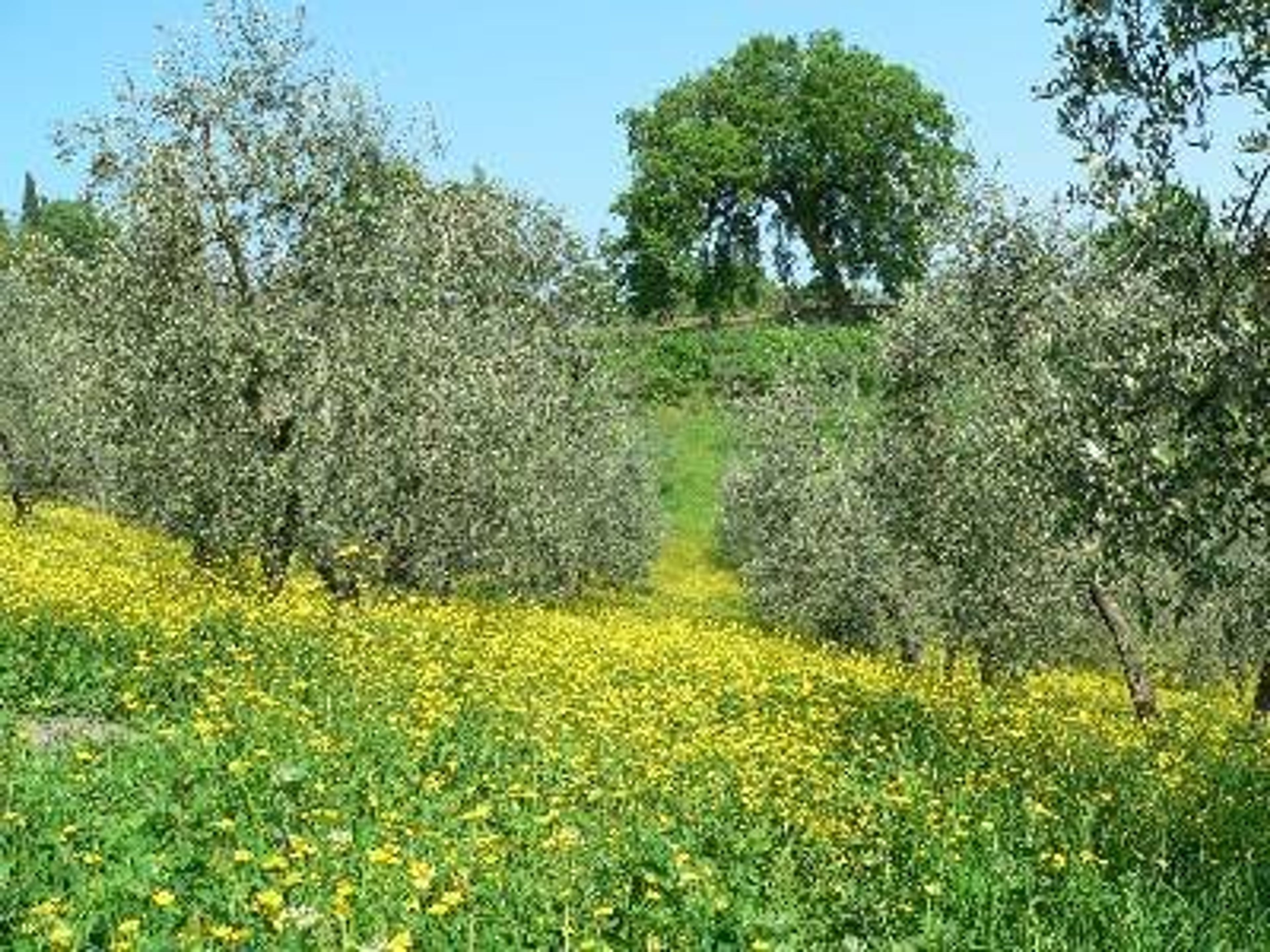- Italy
- > Tuscany
- > Sienna Province
- > Cetona
Casa Degli Olivi, Siena Tuscany





This one bed Apartment is located on the outskirts of Cetona, Siena, Tuscany and is attached to the owner's home on beautiful, organic smallholding In the country,
This one-bedroom, self-contained apartment sits along side the strada del polaco (SP.321) on the outskirts of the historic town of Cetona.
The apartment is attached to the owner’s home on this beautiful, organic smallholding overlooking vineyards, olive trees and sunflowers. It is in the country, but still convenient for touring the rest of Tuscany and Umbria. The area is stunning with incredible views.
It is a 10-15 minute walk to the town of Cetona where you can have coffee in the piazza with the locals. There is also a shop that sells produce, one that sells meat, a bakery and convenience store for anything else you may need. There are a few restaurants in the town of Cetona itself.
The apartment has a double-bedded main room, bathroom with shower over bath, a full kitchen with gas cooker, fridge, wood burning stove, dining table with four chairs, a large balcony with table and chairs with views over the unspoilt countryside. The apartment would usually accommodate two people possibly three by arrangement, as in the main bedroom there is a futon sofa bed.
Amenities to include all towels including beach/swimming, bed linen, dishes and cooking utensils. A pleasant sunny garden with mature olive trees, lavender and roses surrounds the property where chairs and table are available for sitting and eating. Home grown organic produce available for purchase including olive oil, wine, honey, jam, eggs, seasonal vegetables and fruit.
The airports of Roma (2.30 hours) , Firenze (2.00 hours) and Pisa (3.00 hours) Perugia(1.00 hour) by road or rail.
There are many Medieval and Renaissance towns and villages in the surrounding area: Siena, San Gimignano, Perugia, Assisi, Orvieto, Montepulciano, and Pienza. The area is good for walking, hiking, horse riding, many natural hot, and cold thermal springs.
Cetona is the typical medieval village placed under the foot of an isolated mountain that originally was a volcano and where it is possible to visit Bronze Age caves. Nearby there are many tombs and archaeological Etruscan sites. The economy is mainly still based on agriculture and the landscape reflects this.
Weekend, midweek, monthly, and full season rental rates are also available on request. We speak English and Italian.
Check local sites using key word Cetona.
Cetona
Cetona is a town and comune in the southern province of Siena, Tuscany, in an area where Umbrian and Lazio meet. The geographical elevation is between 250 and 1,148 meters the town is situated at around 350 metres,
Some of the oldest human settlements of central Italy were discovered at the base of Monte Cetona, such as the Gosto cave early neo-paleolithic, 40-80th century BC and Lattaia cave 9-10th century BC.
The Belverde park host 25 prehistoric and Bronze Age caves, such as the San Francesco cave. In addition, Several Etruscan finds.
The town of Cetona developed on the hillside around the Rocca fortress containing a square tower (ca900ad) and an inner fortress wall. It became know as the Scitonia castle. In the 1300s, Cetona was alternately ruled by Siena and Orvieto, and after a brief ruling by Perugia annexed by Siena. An outer wall was built, containing two round towers (1458 AD).
Grand Duke Cosimo 1 de Medici sold Cetona in 1556, to the marquis Chiappino Vitelli (1519-1575), who made the fortress into a private residence, and built the piazza, today named Piazza Garibaldi. His descendants also erected palazzo Vitelli in the late 1600s. Cetona was connected to Sarteano (1772-1840), and included in Italy by King Vittorio Emanuele 11 (1861).
The name of Cetona or Citonia (local variation) probably comes from the Latin word caedita, (deforestation with regard to a deforested and cultivated).
Churches in Cetona are the Chiesa di San Michele Arcangelo (built 1155) and the Chiesa la Collegiata della San Trinita church (1745), as well as the convento di San Francesco (1212) and the convento di Santa Maria a Belverde with frescoes by Cola Petruccioli of Orvieto.
